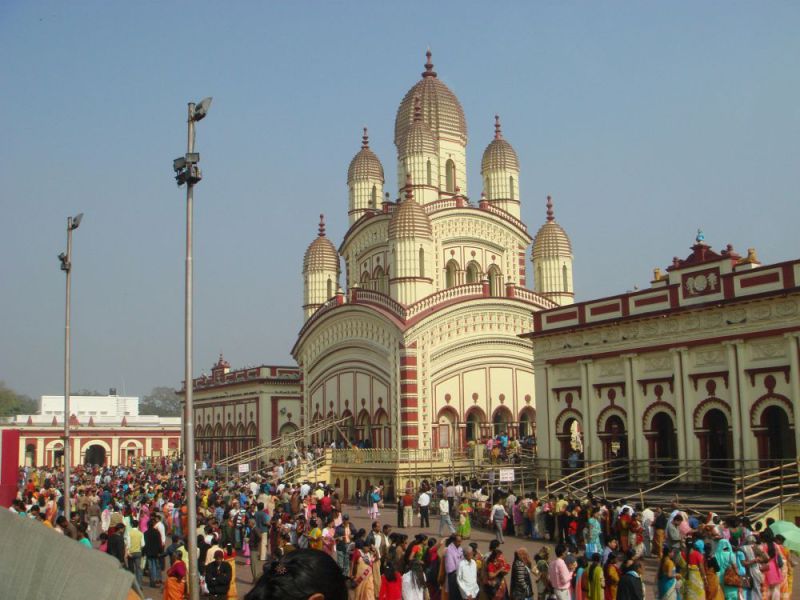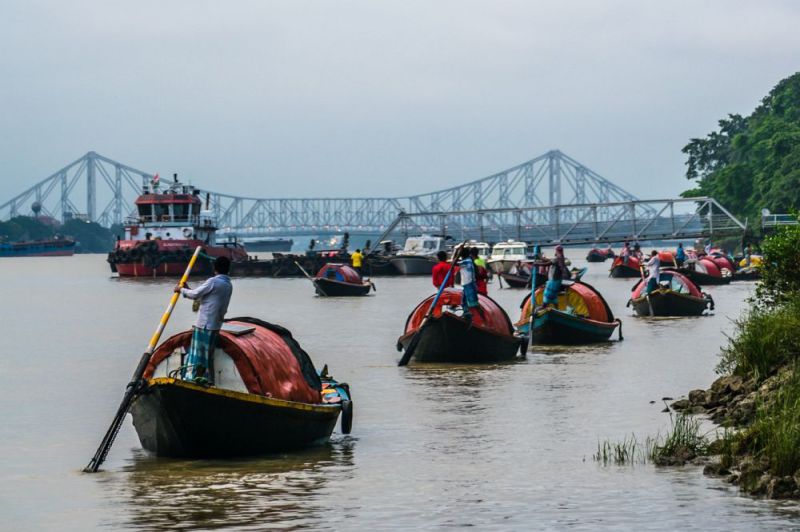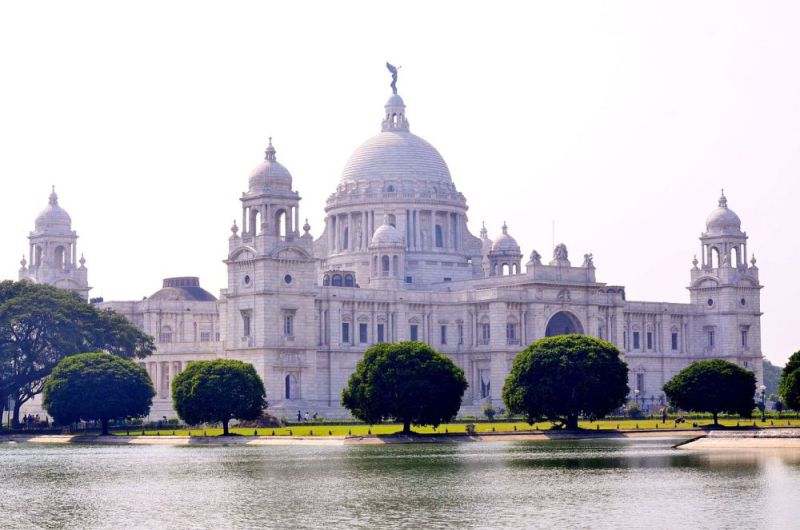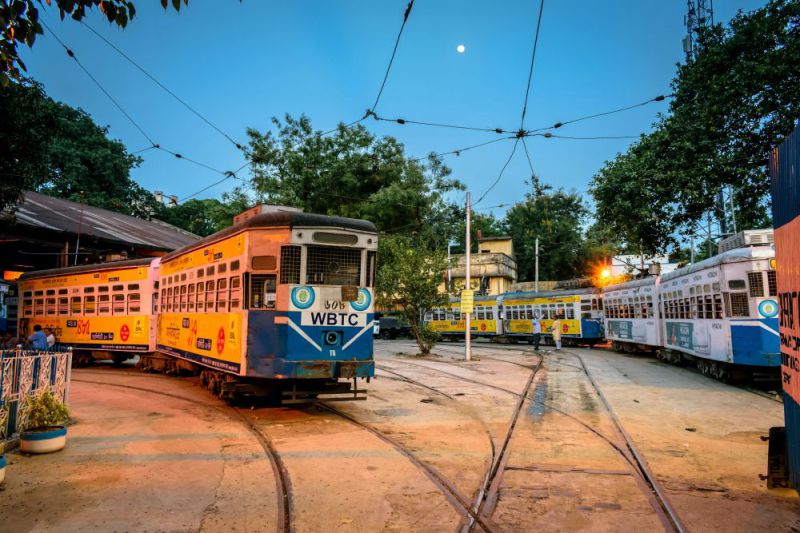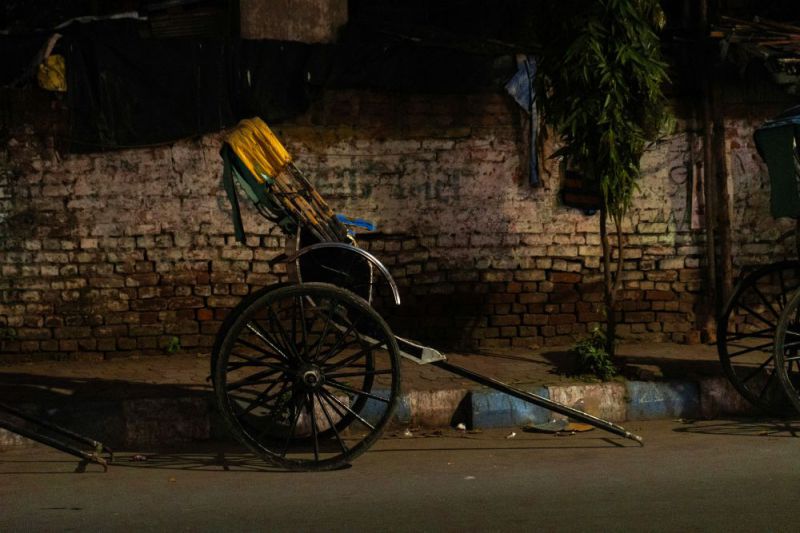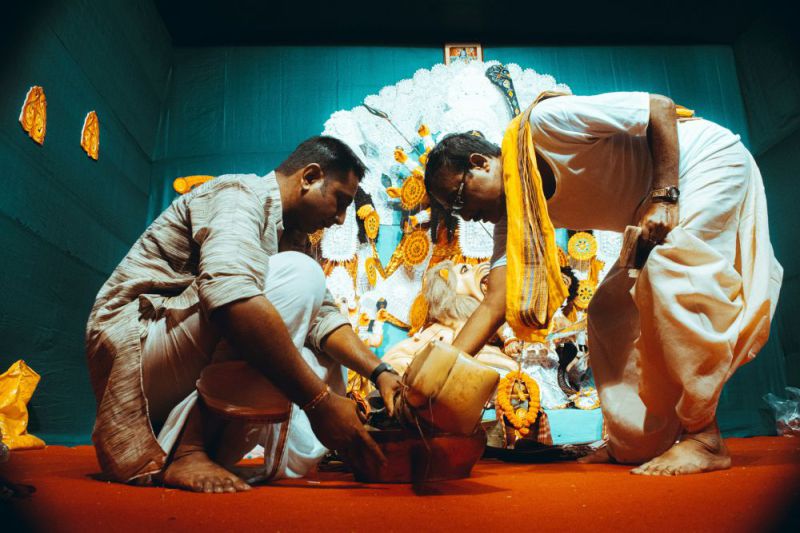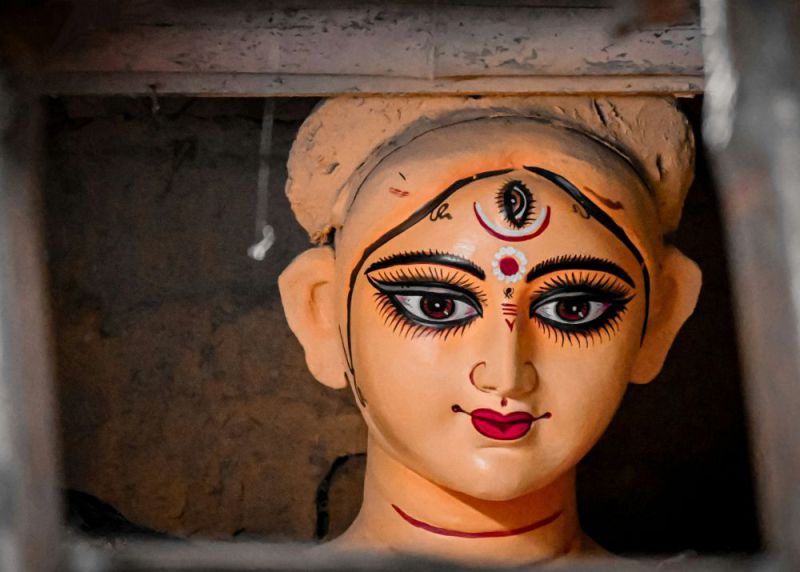In the Middle Ages, fishermen settled along a tributary of the Ganges in West Bengal and named their village Kalikata, meaning "Black Gate of the Goddess Kali." As European colonial powers vied for control of this strategically vital region in the 17th century, the British East India Company established a trading post here, quickly transforming it into the bustling city of Kolkata (formerly Calcutta). The city flourished into the largest colonial trade hub in Asia and became the capital of British India. However, after its golden era, Kolkata's location became a disadvantage. The monsoon rains and cyclones from the Indian Ocean regularly ravaged the city. The completion of the Suez Canal in 1869 accelerated its decline, ultimately leading to the capital's relocation to Delhi in 1911.
Despite this shift, Kolkata evolved into the cultural, educational, and artistic hub of India. Its dynamic universities, thriving theater scene, concert halls, and burgeoning film industry, along with a growing middle class, foster a sense of optimism for the city’s future.
Although many of the grand colonial-era structures have not aged well—often suffering from peeling paint, cracked walls, and overgrown ruins—the proud citizens of this 15-million-strong city celebrate the charm of Kolkata, highlighting lovely details like ornamental fountains, cobblestone streets, and iconic, numbered lampposts. Known for their warmth, humor, and enthusiasm, the people of Kolkata passionately defend the beauty and vibrancy of their city.
 ENG
ENG
 DE
DE

